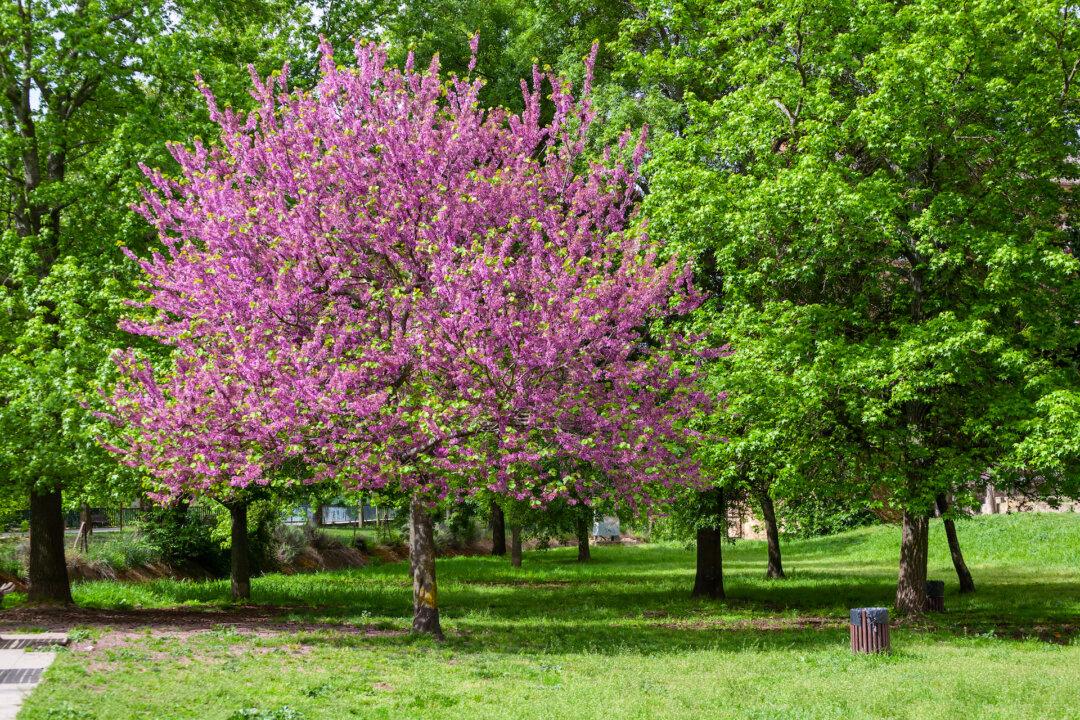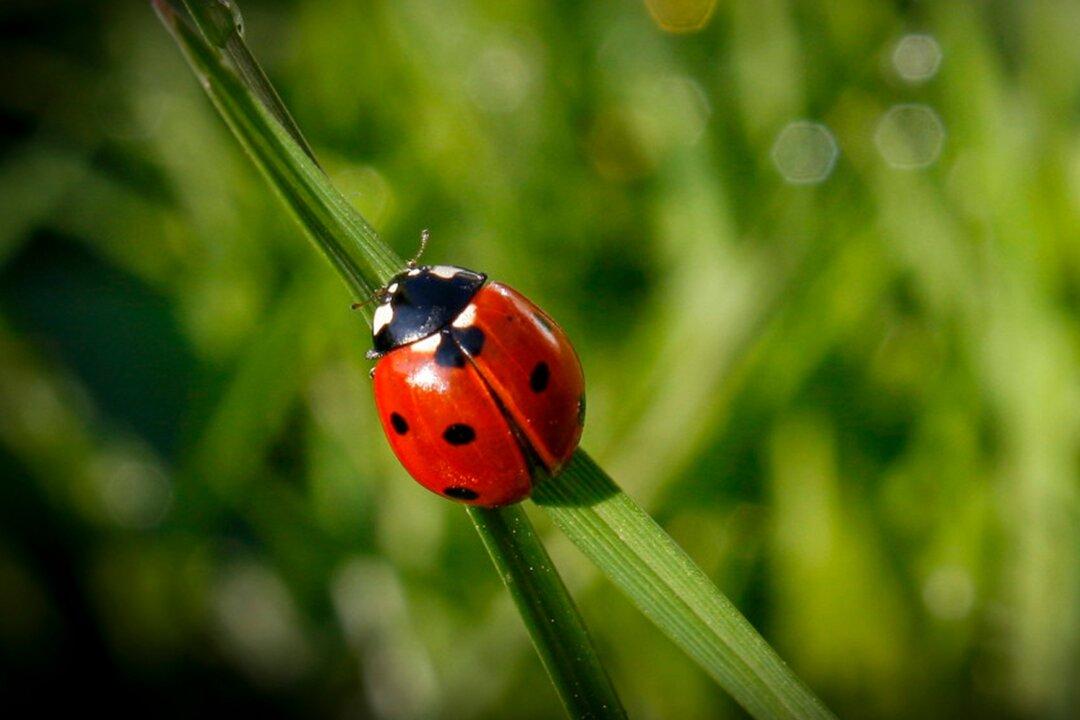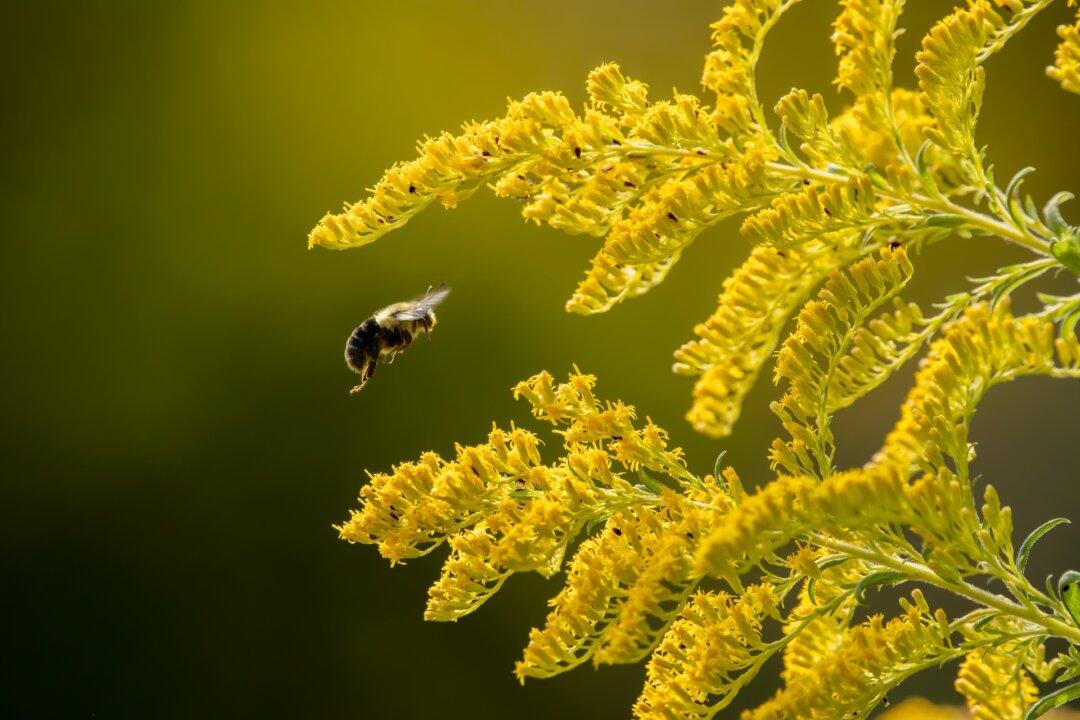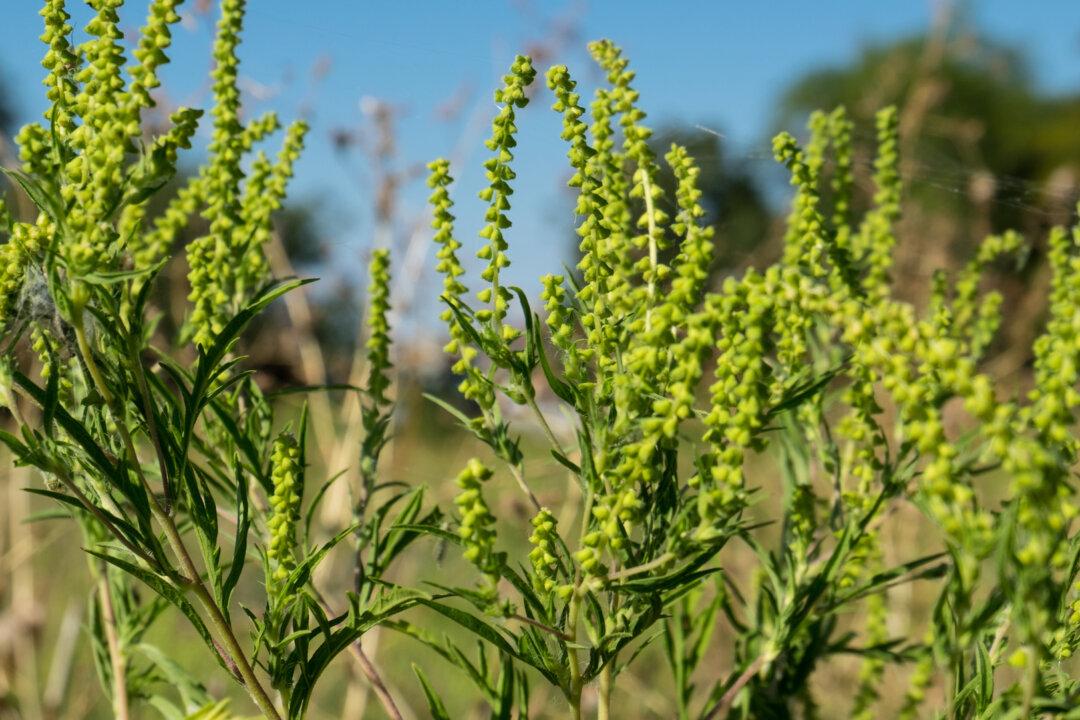“Koke” is Japanese for “moss.” And “dama” is possibly the translation for “ball,” or it could be “tama” and maybe mean “marble.” Even though there may be something lost in translation, “kokedama” is now considered to mean “moss ball.” In Japan, it has been a popular gardening style, similar to bonsai, and it is becoming more popular in the rest of the world.
The original style of Japanese moss ball uses heavy clay soil that will retain its ball shape on its own. Moss is then wrapped around the mud ball, where it grows naturally. It does not need to be tied to hold it together. Small, slow-growing plants such as ferns can be added to make the moss ball a flower pot.





